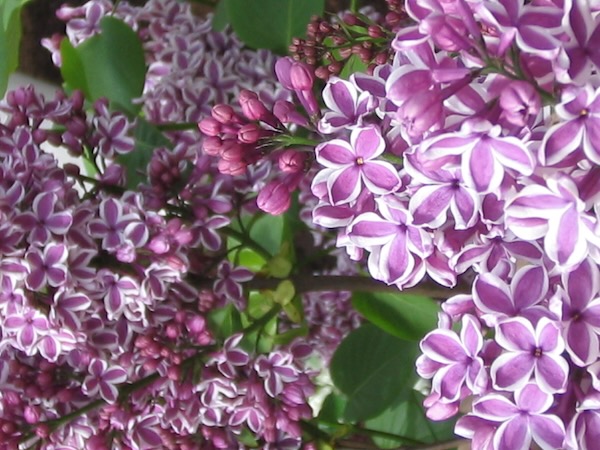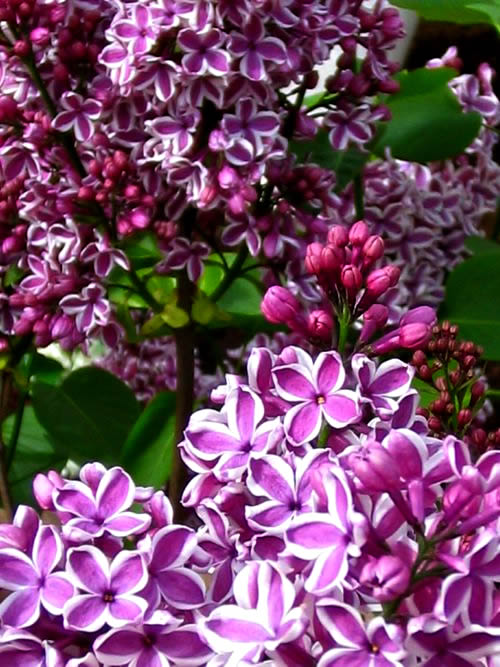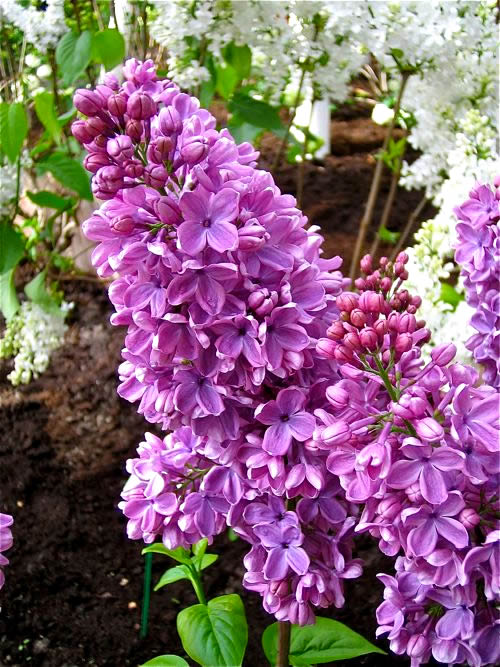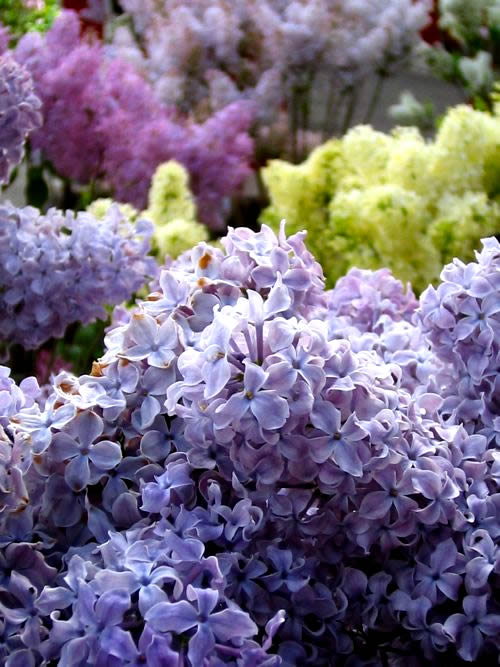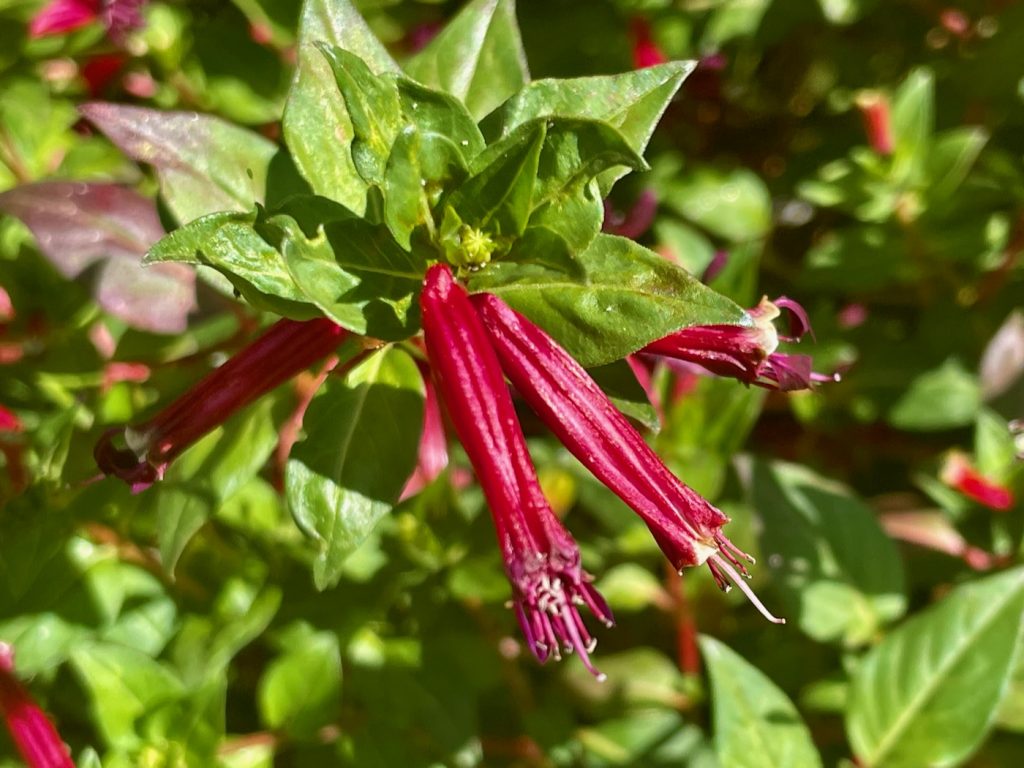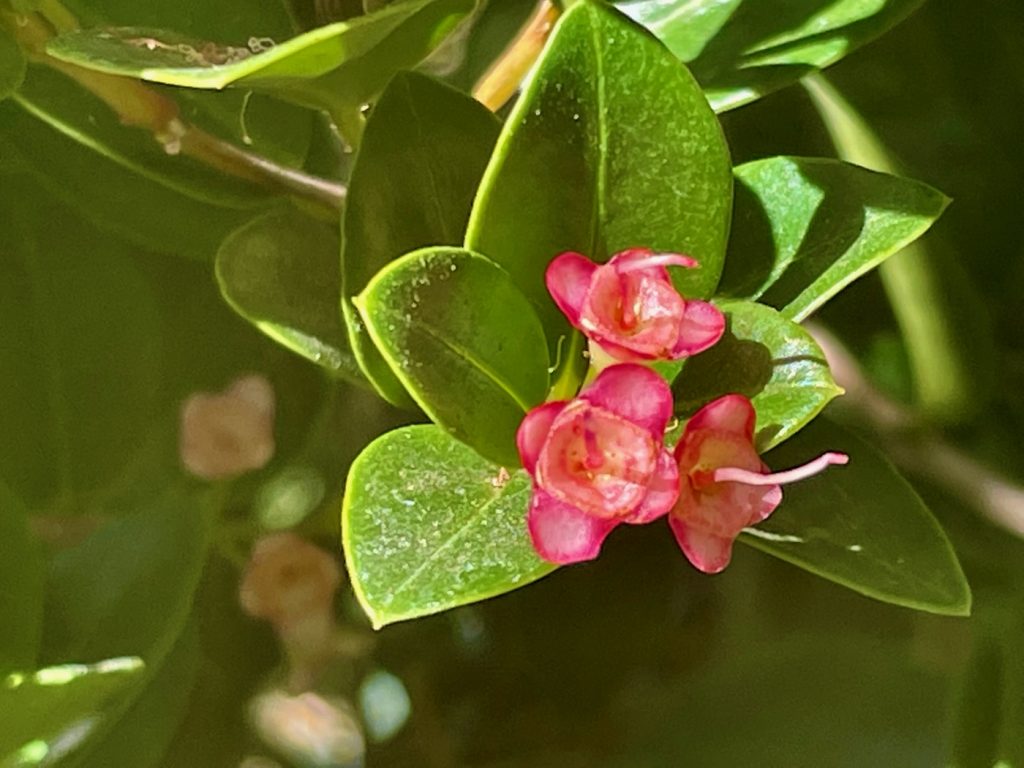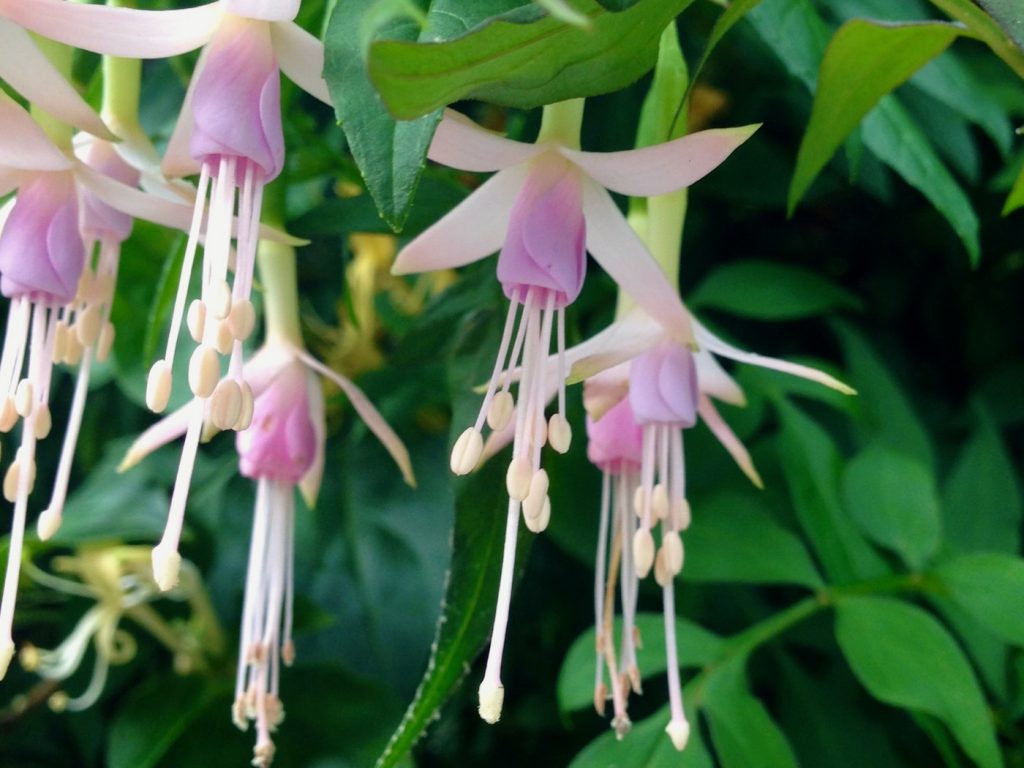Syringa: Unveiling the Enchanting Charms of Lilacs
Syringa, commonly known as Lilac, is a captivating and fragrant flowering deciduous shrub or small tree that has earned its place as a beloved addition to gardens worldwide. The most commonly grown variety, Syringa vulgaris, boasts an impressive range of colors, enriching outdoor spaces with both beauty and delightful scents.
Standing at a height of approximately 10 feet or 3 meters, Lilacs are relatively easy to cultivate, making them a popular choice among garden enthusiasts. Within the botanical realm, Syringa belongs to the Oleaceae family, which also includes the esteemed Olive family. This remarkable plant is native to regions spanning from Europe to eastern Asia, captivating hearts and senses with its captivating blossoms.
Lilacs have long graced gardens and landscapes, enchanting onlookers with their vibrant colors and captivating fragrance. Their enduring popularity speaks volumes about their timeless appeal and the joy they bring to gardeners.
Characteristics and the Fragrant Symphony of Blossoms and Leaves
Syringa leaves, with their simple and heart-shaped form, present an elegant backdrop to the grand spectacle of the plant’s flowers. The blooms themselves manifest as clusters of four-lobed flowers, delicately arranged on panicles that grace the branches. The fragrance emitted by these monoecious blossoms adds a captivating allure to any garden, enticing visitors and pollinators alike. While the classic color of Lilac flowers is often associated with shades of purple, a myriad of variations and hues can be found among the diverse range of cultivars.
A Blossoming Symphony: Fragrance and Flowering Season
Lilacs are heralds of spring, their flowering season awakening landscapes with a symphony of colors and scents. The fragrant blossoms, abundant and alluring, imbue the air with their distinctive perfume. From pale pinks to vibrant purples and pristine whites, Lilacs captivate with their diverse color palette and ensure a memorable sensory experience for all who encounter them. The flowering season typically occurs in spring, offering a delightful display of nature’s artistry.
Cultivating Syringa:
Sunlight: Lilacs flourish under the caress of sunlight, thriving in locations that provide ample exposure to its nourishing rays. Optimal growth and blooming are achieved when Syringa is situated in areas that receive at least six hours of direct sunlight daily, ensuring their radiant beauty can be fully realized.
Watering: Adequate watering is essential to sustain the health and vitality of Lilacs. While they are relatively drought-tolerant, regular and consistent watering is recommended, particularly during dry spells or periods of prolonged heat. Ensuring the soil remains moist but not waterlogged fosters optimal growth and development.
Soil: Syringa displays a preference for humus-rich, fertile soil that is alkaline to neutral and well-drained. If the soil tends to be acidic, the addition of lime can help create a more alkaline environment, promoting the flourishing of these enchanting plants. Proper soil conditions contribute to their overall vigor and enhance the quality of their blossoms.
Pests and Disease: Lilacs are generally resilient against pests and diseases. However, occasional encounters with common garden pests such as aphids or powdery mildew may occur. Regular monitoring and early intervention, employing organic pest control methods when necessary, help ensure the continued well-being of these beloved plants.
Propagation and the Journey of Growth
Syringa offers the opportunity for propagation through various methods, enabling gardeners to expand their collection and share the beauty of Lilacs with others. The most common propagation techniques include stem cuttings, layering, and root division. Each method requires careful attention and adherence to proper procedures, allowing for successful propagation and the emergence of new Lilac plants.
Syringa, the captivating Lilac, graces gardens and landscapes with its mesmerizing beauty and enchanting fragrance. From its ancestral origins to its cherished status as a garden favorite, this deciduous shrub or small tree evokes a sense of wonder and delight. The symphony of colors and scents emitted by its vibrant blossoms captivates the senses, creating a memorable experience for all who encounter it. By providing the ideal conditions of sunlight, watering, and soil, while remaining vigilant against potential pests and diseases, gardeners can cultivate a flourishing haven where Syringa blooms with resplendent grace.

